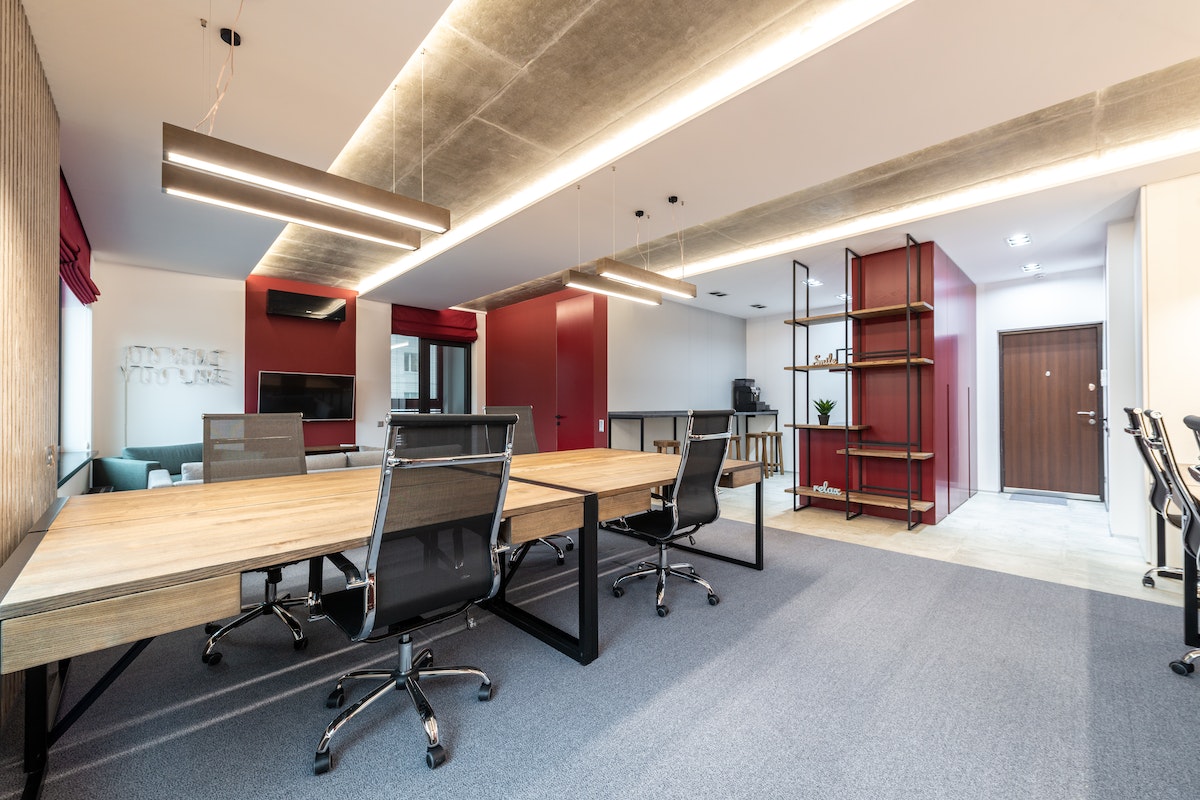When furnishing an office space, many decisions must be made, and many things to consider in detail. After all, the result will serve dozens or hundreds of people with different tastes, needs, and responsibilities daily. This is why a good space plan is so useful to avoiding mistakes and wrong choices. What is it, and which companies find it most useful?
Selling or leasing offices
You can look online for offers to sell or rent individual floors or office space for recently implemented buildings. Often, one of the attachments of such an offer is a more or less accurate projection of the offered space – even a less accurate projection is something from which you can start preparing your own map.
In the case of office buildings leased for smaller offices, the company handling the lease will certainly have a floor map. Most often, such a map can be obtained without signing any contracts, simply by pretending to be a client interested in renting a large office, preferably a whole floor.
Of course, it should be expected that the arrangement of such a floor will differ from that of the floor on which our target is located – but in the case of renting, few companies invest in a permanent reconstruction of the premises. Therefore, any differences will likely come down to the erection of portable partition walls and purely aesthetic issues.
The exceptions to the above rule are usually the outermost levels:
- ground floor (where the entrance area is located, which for obvious reasons, forces a different arrangement)
- attic (in older buildings, they have very low slopes, which limits the possibility of e.g., placing furniture, thus also causing a different arrangement)
- basement (often already at the construction stage, it is divided up in an other way than the office space, most often into much smaller fragments, which the client can later divide according to immediate needs)
5 things you need to know to prepare a professional projection:
- Be prepared. Nowadays, it is already standard for agencies to use photographers professionally involved in property photography, and it is increasingly rare for them to take the photos themselves. It is much easier with a projection. You just need to always have a rangefinder, a piece of paper, and a pencil with you to make a sketch of the flat in a few minutes. This will form the basis for a later projection when you return to the office. Before making a sketch, ask the client if they have a property floor plan – this is usually a technical drawing, which may not look attractive, but is a great basis for making a floor plan in an aesthetically pleasing form. This will save you time.
- Include the essential elements. Remember the purpose of your pitch! You want to help your client sell or rent an office floor plan. In addition to the dimensions of the rooms and walls, mark the doors, windows, balconies, installations, ventilation risers, etc. The more essential elements you mark on the floor plan, the more value you give to potential buyers or tenants, helping them to make decisions and visualize themselves, their furniture, and their belongings in this flat.
- Describe the floor plan well. Describe the rooms and the square footage so that the interested party immediately has an initial idea of the layout of the flat they want to view. After looking at a dozen flats, having a projection will make him associate more quickly with which one is Office Floor Plan Design, and it will be easier for him to recall a visit to that flat.
- Be reliable. Present the Office Floor Plan Design as it is so that the client can make an informed decision. The floor plan should have the proportions as they are.
- Prepare a professional floor plan. When you return to the office, you can draw it in any graphics program (2D projections), use professional software (2D and 3D projections), or have a specialized company produce the projection. The desired end result is clear and attractive.The desired result is a clear, attractive-looking floor plan that answers many of your customers’ questions before they ask them.


